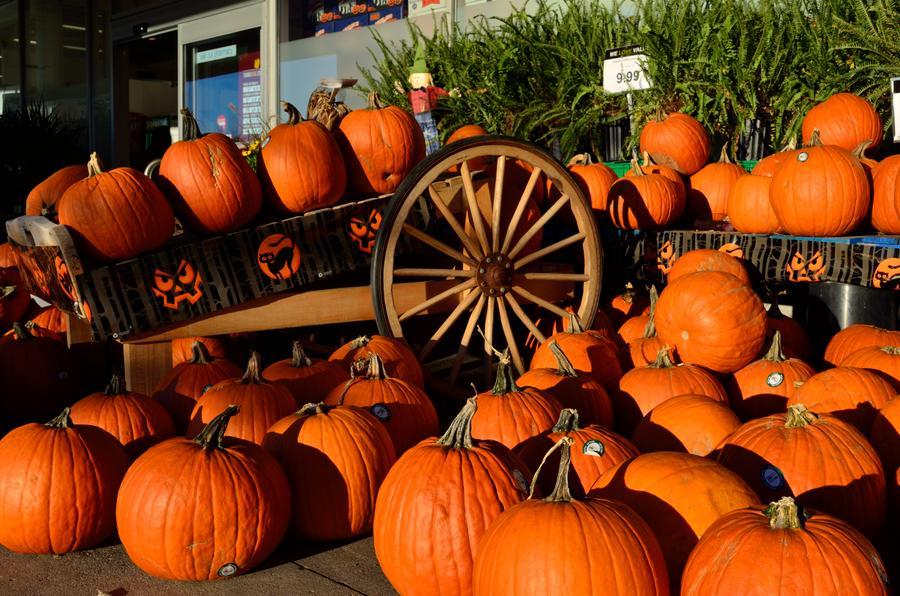
October is about change: Leaves fall, temperatures drop and clothes get cuter. However, on the 31st and final day of the month, we see the biggest change of all. Your biology partner becomes Harley Quinn, the streets are filled with children, and there are monsters on every corner. Halloween is a spooky candy-fest, but it hasn’t always been sexy costumes and getting chocolate wasted.
The origins of Halloween date back over 2,000 years. The Celtic New Year began on Nov. 1, and they celebrated the festival of Samhain (pronounced sow-in) the night before, which marked the end of summer and began the long night of winter often associated with death.
The Celts believed that on the night of Oct. 31, the boundary between the world of the living and the world of the dead disappeared (think Stranger Things and The Upside Down). They lit giant bonfires to burn sacrifices and wore costumes made of animal skins and heads in order to be unrecognizable to returning souls. The weary who did not wish to leave their house on the night of the festivities instead left food outside their door to prevent ghosts from entering. These traditions went unchanged for about 500 years until Christianity spread north to Ireland.
The Catholic church began to realign and assimilate the Celtic holiday to match their beliefs. The celebration was renamed All Souls’ Day and featured costumes of saints, angels and demons.
Samhain was moved to Nov. 2 to take place after All Saints’ Day, or Alholowmese, and the original date of the festival became know as All Hallows’ Eve. All Hallows’ Eve eventually morphed into Halloween, but it took a while for the festivities to catch on in the New World.
The Protestant background of the colonies inhibited most of the traditional Halloween festivities from taking place. There were autumn celebrations and ghost stories, but it wasn’t until immigrants from Ireland arrived in the mid-1800s that traditional and modern Halloween festivities began to merge.
Americans began going from house to house in costumes asking for food or money, which was based on the tradition of leaving food outside your door, and eventually became what we call “trick-or-treating.” By the 1900s, community leaders pushed for Halloween to become less about ghouls and more about community. Parties were thrown sans witches and ghosts, and over time, the holiday lost almost all of its religious overtones.
Families bought treats to prevent themselves from being tricked, schools began throwing parties in their parking lots, costumes hit the shelves, and the candy industry grew exponentially. According to the National Retail Federation, Americans spent $6.9 billion on Halloween in 2015 and are expected to spend $8.5 billion in 2016.
So this year, when you and your friends go out sporting costumes you found on Pinterest, remember to keep an eye out for all the Celtic souls.